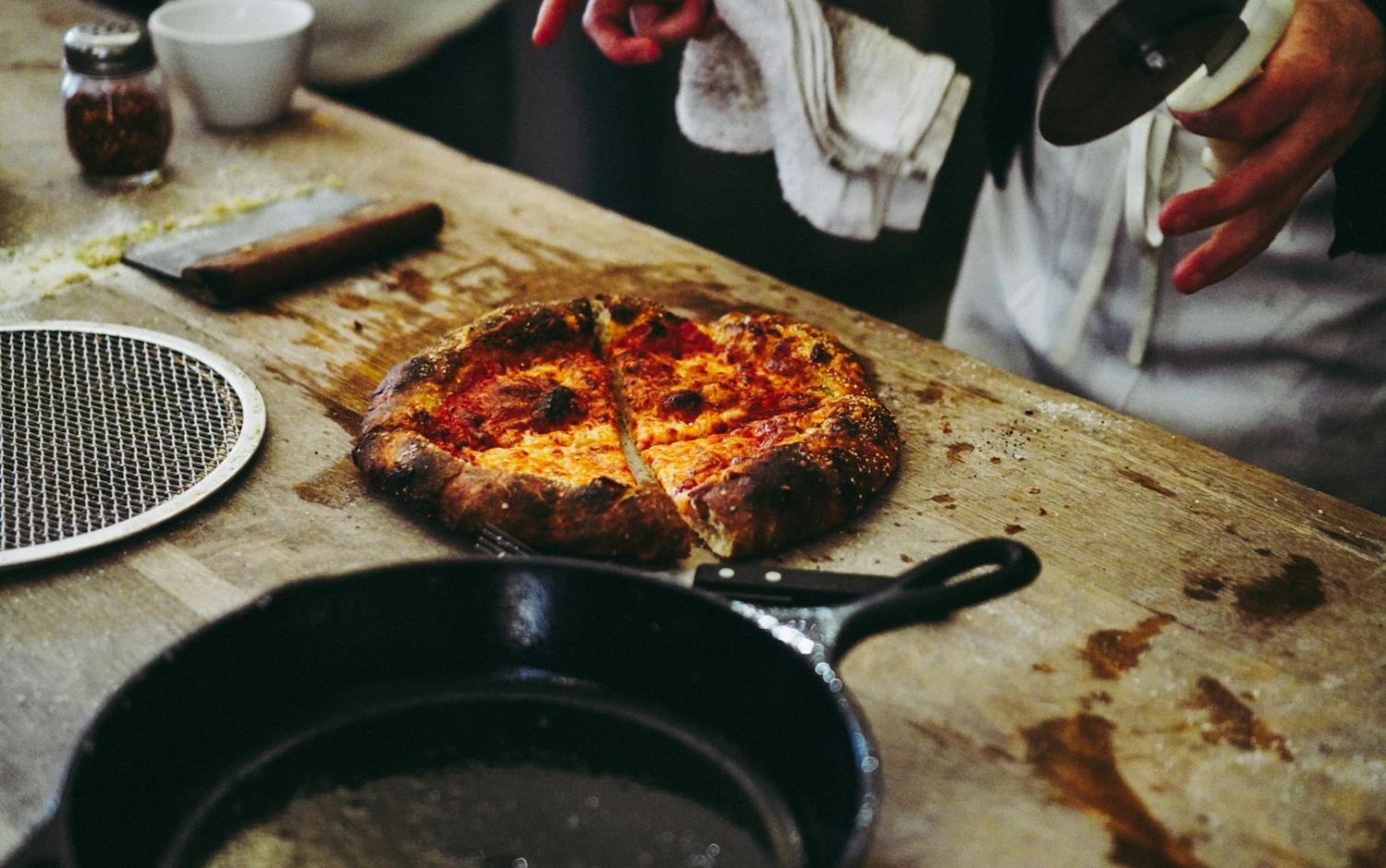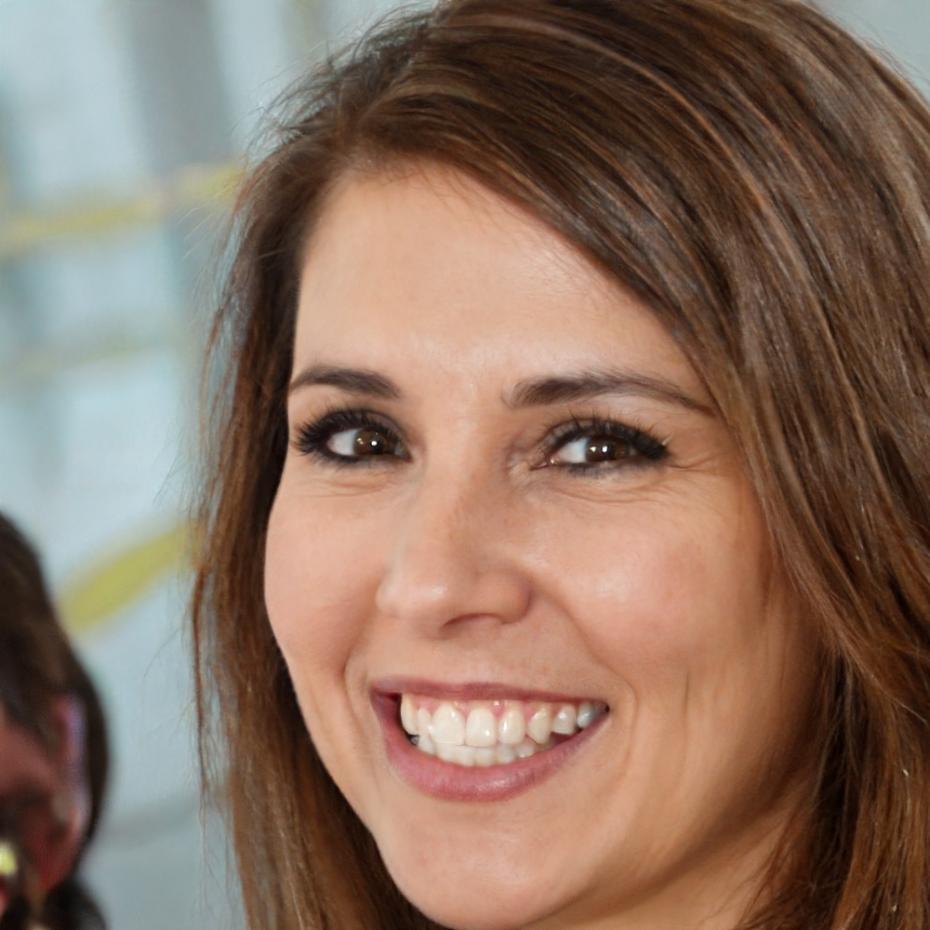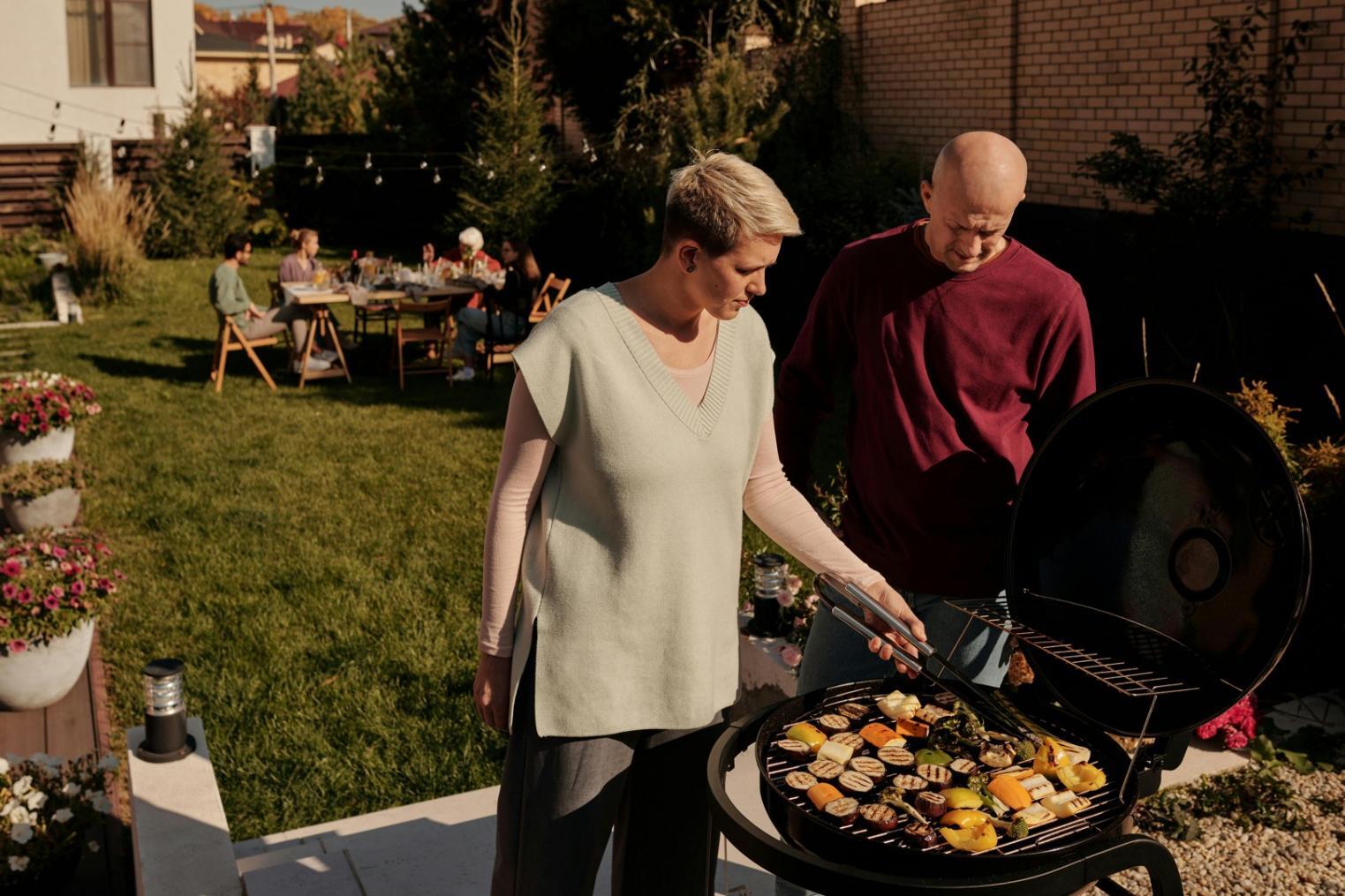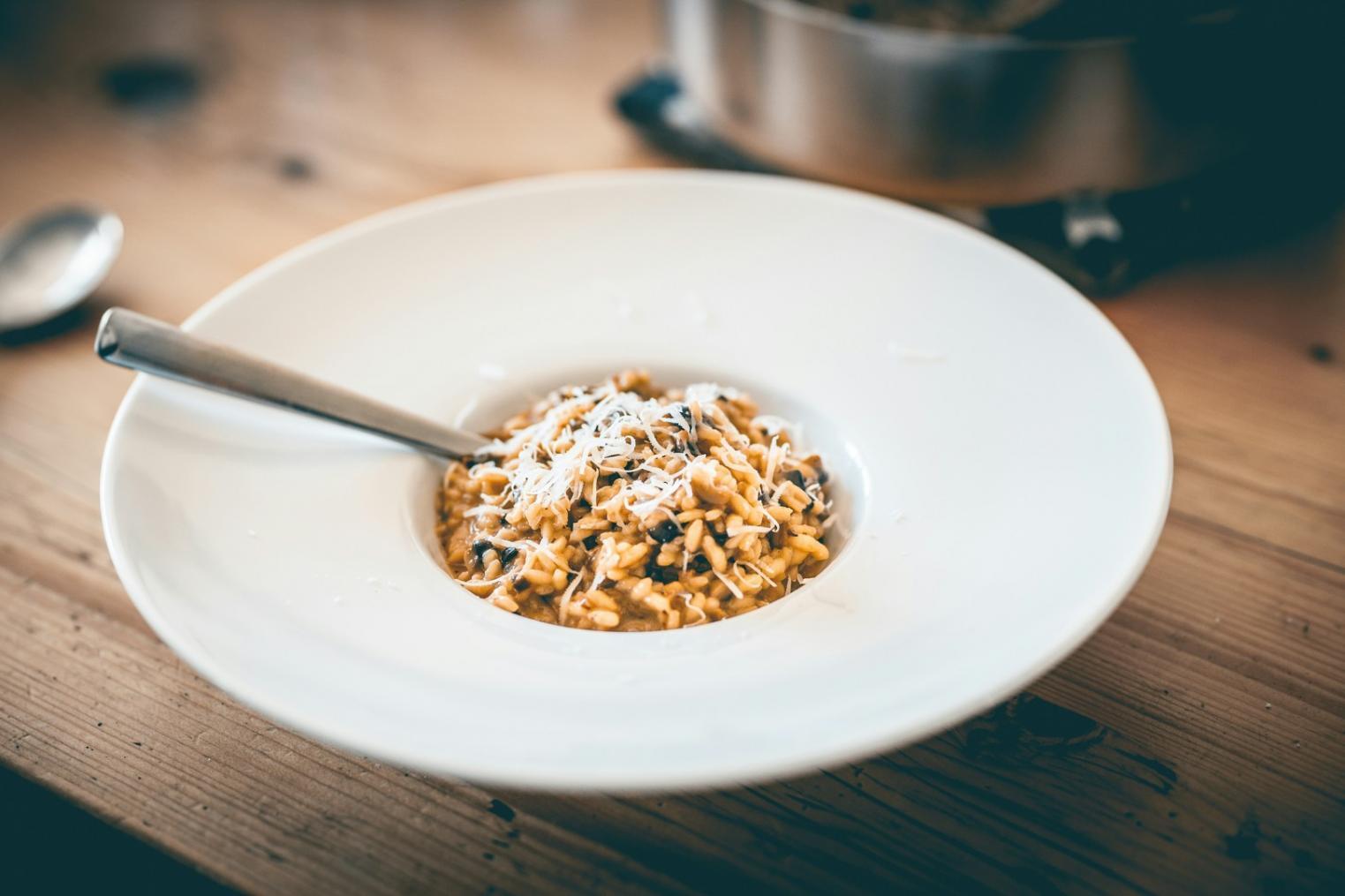Recognition That Actually Means Something
In March 2024, the Nordic Culinary Education Council recognized our program structure for "practical integration of cultural context." It wasn't a competition—just acknowledgment that we're doing something useful.
We've also partnered with three Danish cultural centers and received two small grants for developing accessible culinary education materials. Nothing huge, but it helps us keep improving.
- Featured in Copenhagen Food Education Review, January 2025
- Guest instructors at Aalborg Cultural Kitchen Festival, September 2024
- Curriculum advisor for two community cooking programs in Søborg





